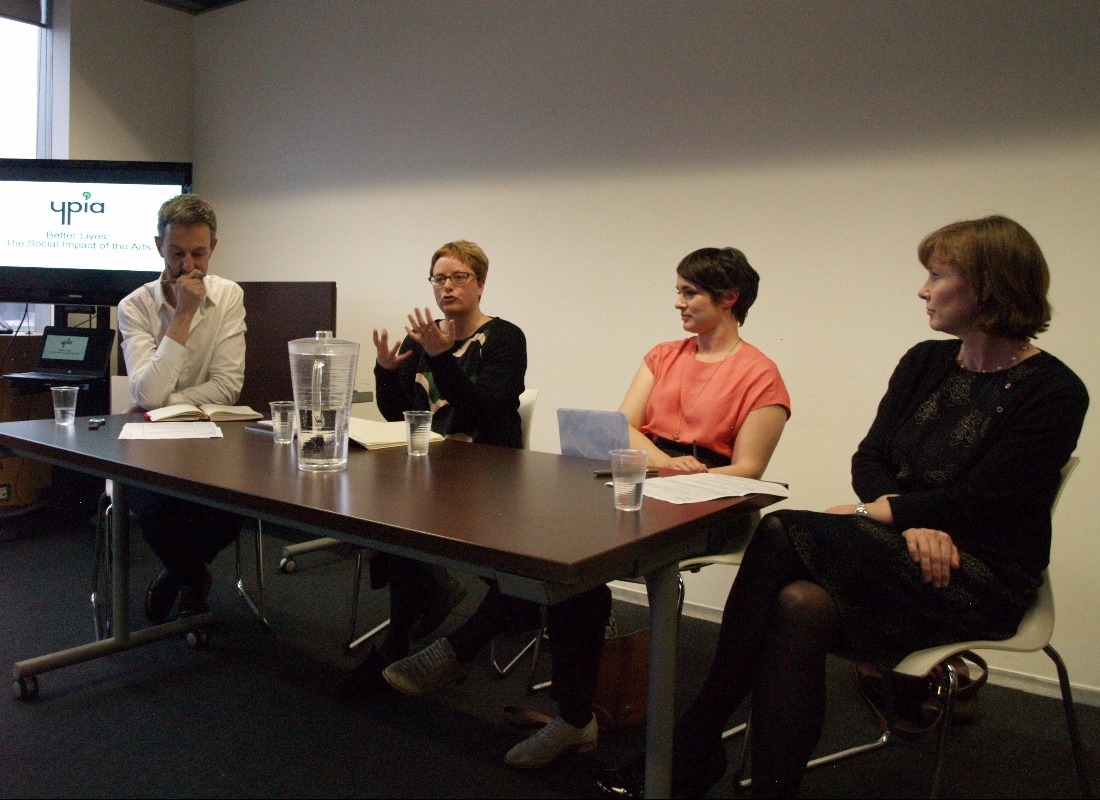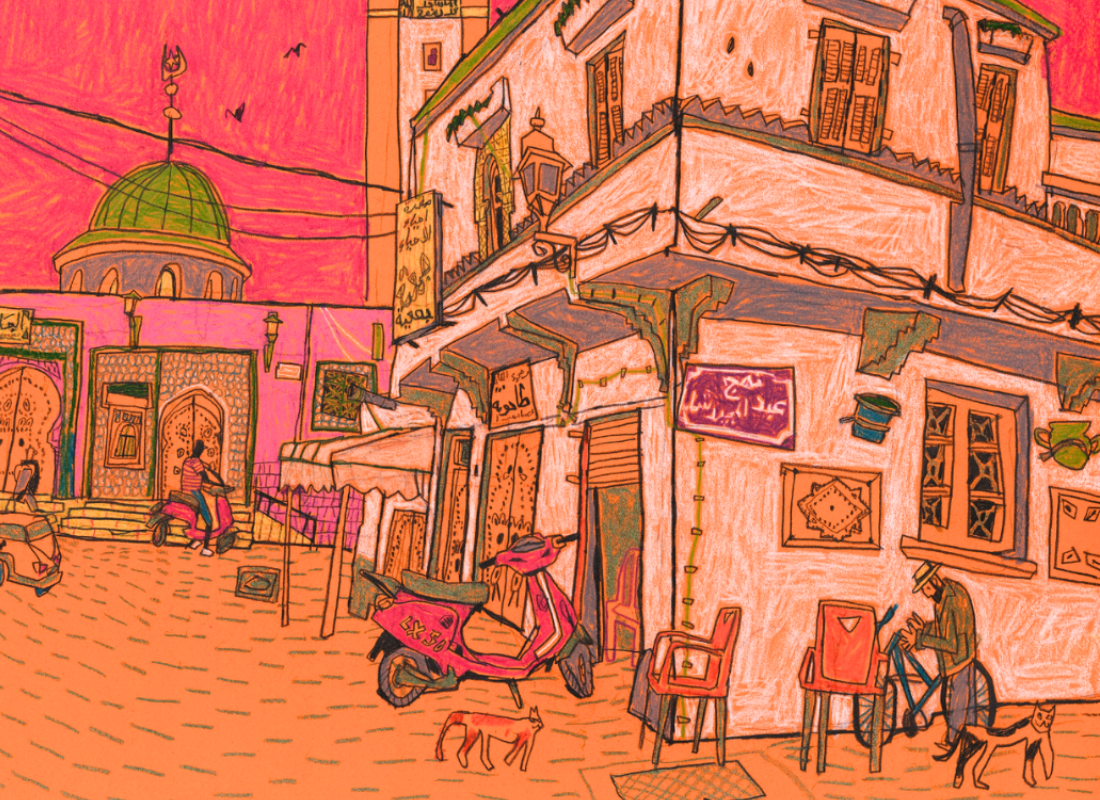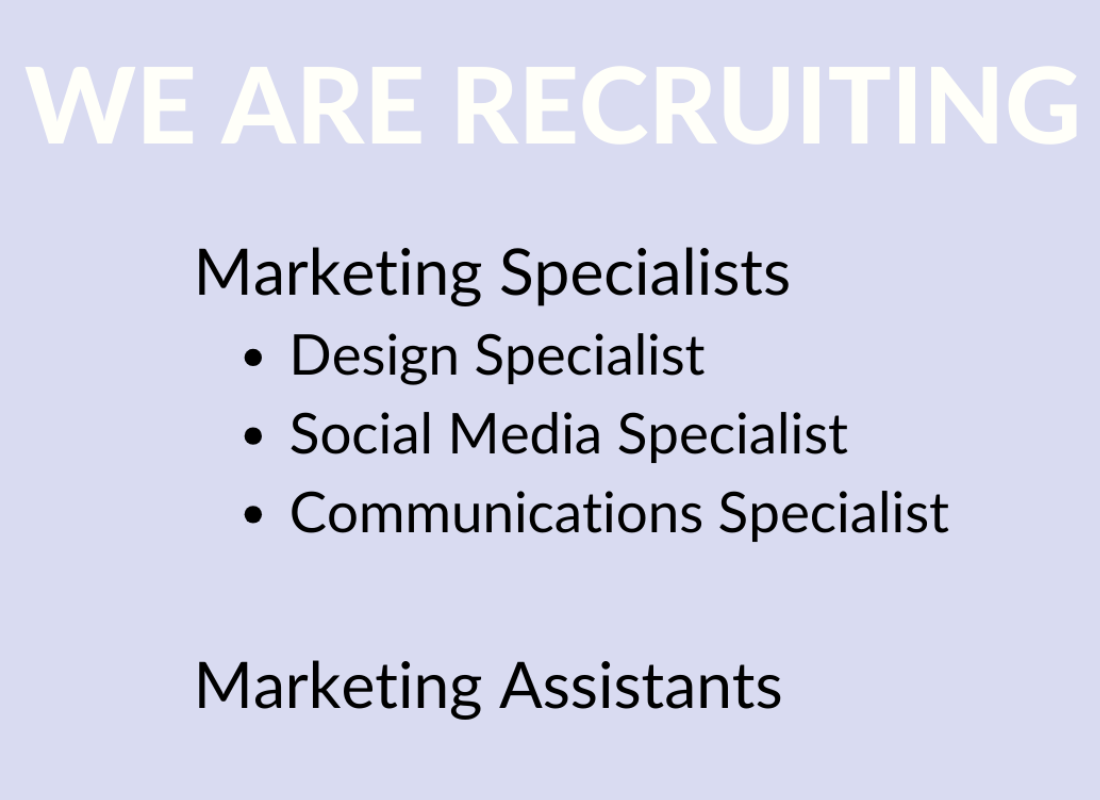
Today, creative and cultural organisations across the UK are increasingly investing their time and money in engagement and learning work. This involves taking work out of conventional spaces like galleries or auditoriums and into the communities surrounding them, inviting access from new audiences and breaking down barriers to participation.
Alice Hopkins reports on our panel discussion 'Better Lives: the Social Impact of the Arts', which was held on 21 April and brought together four leading figures in arts engagement and learning to consider and discuss the contribution arts organisations make to individuals’ lives and local communities. The panel included Caro Howell (Director of the Foundling Museum), Clare Lovett (Creative Learning and Arts Engagement Consultant, and former Learning and Participation Programme Director at Spitalfields Music), Bridget Rennie (Director of Development at Streetwise Opera) and Julian West (Head of Open Academy, the Royal Academy of Music’s creative learning and participation initiative).
How did it all begin?
To kick off the discussion, the panellists explained where their interest in engagement, learning and participation began.
Julian West, originally a professional oboist, felt that something was lacking in the conventional context of performing: this was a sense of reciprocal engagement with the audience; what he refers to as a feedback loop. For Julian, this special quality of learning and participation activities immediately stood out.
For Clare Lovett, the thing that has stayed constant throughout her career, both in and outside the performing arts, is the sense of a meeting place that exists between people, their communities and the arts. As well as this she has always had an enduring curiosity about how the arts can be used to unlock the best in people.
Best Practice examples: As a room predominantly of early-career fundraisers and learning and participation programmers, we were eager to hear from the panellists about their experiences of best practice projects and initiatives.
For Bridget Rennie, Streetwise Opera’s recent performance of The Passion is a great example. This collaboration between professional artists and participants created a high quality and exciting performance that showcased the participants’ ability and talent both to audiences, but also and more importantly to the participants themselves. Streetwise Opera uses music to help people who have experienced homeless to make positive change in their lives. The Passion involved 25 Streetwise Opera performers and performers from the world-renowned ensemble The Sixteen, and was performed in front a 1,000 people and shot live by the BBC in Manchester. The sheer ambition of the performance, Bridget explains, was integral to the overall impact it achieved for the Streetwise performers. In producing and encouraging work to such a high standard you are telling those performers that they can achieve something outstanding. This can have huge implications for their well-being, such as transforming self-esteem and life-long aspirations.
How should organisations identify their target audiences for learning and audience development activities?
Caro Howell explains that the most important thing an organisation can possibly do before embarking on such a task is to know its own positioning and to have a clear sense of what its DNA is. You cannot do or be everything for everyone - so you need to ask yourself: who are you for? And what can you do? Caro uses the analogy of a patchwork quilt to describe the overwhelming landscape of different social causes and hard-to-reach groups that organisations might consider as their target audiences. This broad landscape can be most effectively covered and tackled if everyone identifies and focuses on their own patch. This network of patches becomes the quilt, and the statement: ‘No we don’t do that but XYZ does’, is far from negative. Rather, it is evidence that arts organisations across the UK are working together to build a strong body of complementary activities that have social impact.
The importance of looking at projects as ‘experiments’
The vast majority of engagement and learning activities are predicated on engagement with groups in society that face some of the most significant barriers to participating and engaging in the arts. As such delivering such projects can be unpredictable and challenging and for many organisations and artists, setting out on projects for the first time can be extremely daunting. For Caro, we should think of projects as experiments. This can help us to judge them not on fixed notions like success or failure, but rather on their outcome or findings. This creates a sense of openness and flexibility: you might not get the exact result you were expecting, but this does not necessarily mean that you have failed.
Future Trends: What’s next?
Asking artists what they want to do is something Julian West wants to see more of in the future. The best projects are conceived when the relationship between artist and organisation is carefully nurtured, and asking the artist what that want to do can be vital in cultivating long-term partnerships and starting future projects. Having said this, while such artistic leadership is integral to successful projects, we should never lose sight of the bottom line that projects are undertaken for and by their participants.
Considering this, and thinking back to the idea of reciprocal engagement mentioned by Julian at the beginning of the discussion, the panellists agree that the idea of ‘outreach’ is becoming increasingly unfashionable. Outreach reinforces the idea of a one-way relationship. If an orchestra visits a school and performs at assembly without engaging the listeners in any meaninful interaction, the barrier between artist/professional and participant remains unbroken.
In conclusion, engagement and learning in the arts looks to a future of genuine integration, in which an organisation’s artistic programme and engagement and learning activities feed into one another, breaking down barriers and creating a truly interactive relationship between artist and participant.
As all four panelists agree, it is a human right for everyone to have access to a high level of art.
Cause4 is an award winning B Corporation which champions disruptive philanthropy and new ways of scaling up charities and social enterprises supporting them to change and grow. Launched in May 2009, the company has grown rapidly and has worked with some of the country’s leading charitable organisations, including the Design Centre, National Gallery and the Roundhouse. Cause4 works in partnership with private sector organisations, charities and a host of artists, sportspeople and entrepreneurs to develop important charitable projects, create new business models, as well as to raise vital funds. Cause4 has raised over £46 million on behalf of charitable and socially minded causes, and is committed to helping attract the best graduate talent to work on some of the world’s most pressing issues. Alice Hopkins is a Development Associate at Cause4.




.0af71f.jpg)
.ec8cc4.png)